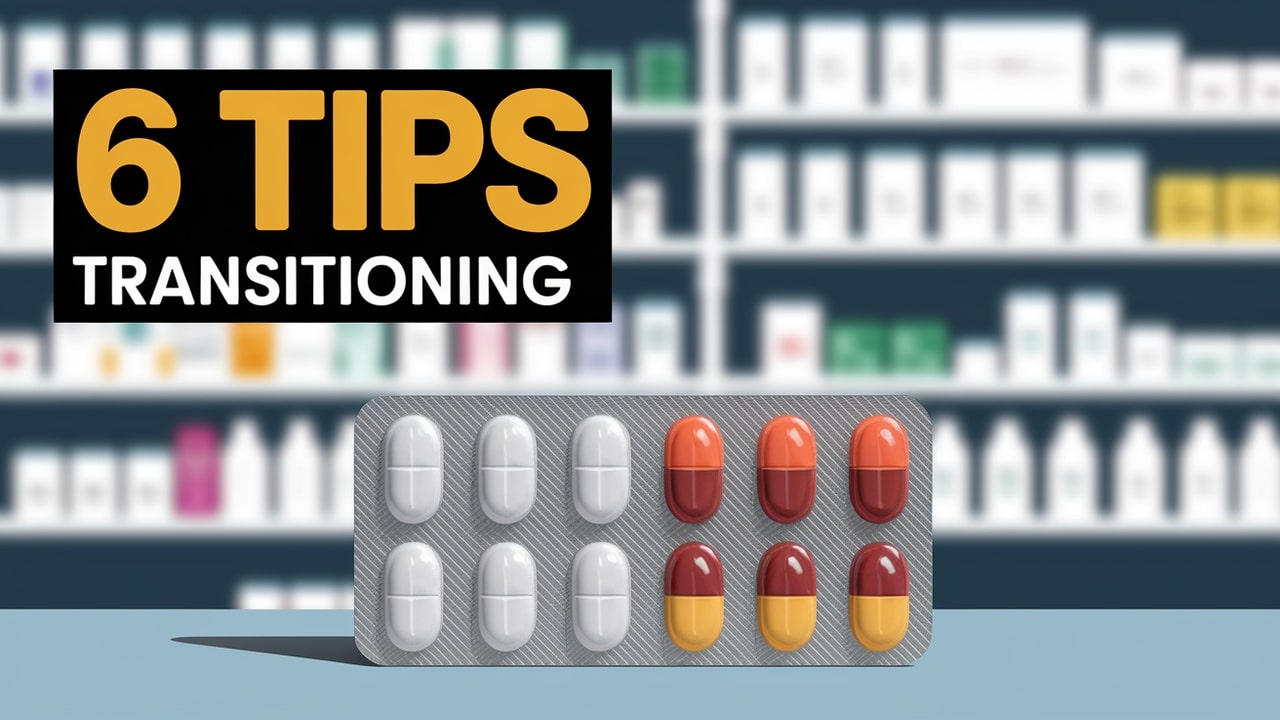
7 Tips to Reduce Your Risk of Cervical Cancer
Few things have the power to strike fear in your heart like the “Big C.” While cervical cancer isn’t common, its infrequency doesn’t make it any less terrifying.
However, you can take proactive measures to reduce your chances of getting a diagnosis. Here are seven tips to reduce your risk of cervical cancer.
Table of Contents
1. Get Screened
If you have neglected your annual pelvic exam and pap smear, please make arrangements to get screened as soon as possible. The Centers for Disease Control and Prevention recommend that all women 21 and older receive an annual pap. If you are among the uninsured or can’t afford your copay, you may qualify for free or low-cost screenings — please check your eligibility.
The human papillomavirus (HPV) causes nearly all cases of cervical cancer. However, all strains are not created equal. Two HPV subtypes, HPV 16 and HPV 18, cause more than 70% of all cases. Detailed test results can tell you which antibodies you have, allowing you to receive early intervention, rendering this condition nearly always preventable.
Attending your annual exam is vital, especially if you are sexually active. It’s best if you can establish a relationship with a trusted OB/GYN and seek care even if you aren’t yet 21.
2. Get Vaccinated
One reason to visit the gynecologist before you become sexually active is to reduce your risk of cervical cancer. A study of over a million women revealed that getting the HPV vaccine cuts your chances of developing the disease by 90%.
If you are the parent of a teenage girl, please consider getting her vaccinated. The CDC recommends doing so around age 11 or 12 before engaging in sexual activity. Even if you lack health coverage, programs exist to help you vaccinate your child free of charge.
However, please don’t think you’re too old to get vaccinated if you’ve already reached adulthood. While you’ll undergo a series of three shots, not two, you can still benefit from reducing your risk. It’s even wise to seek vaccination if you already have HPV. While it won’t cure the strain you have, it can protect you from getting infected by other varieties.
3. Practice Monogamy
Practicing monogamy is the best way to prevent any sexually transmitted disease other than abstinence. It’s particularly vital in lowering your HPV risk. Fully 80% of unvaccinated individuals will develop HPV at some point in their lives.
Often, people who are infected don’t know it. Many people never develop the signature warts indicative of a problem, and they may skip screening or be tested months after contracting the virus. There’s often no way to know who caused the original infection.
You should tell your current sexual partners if you test positive for HPV. However, experts don’t know how long the virus remains. In many cases, your immune system suppresses or clears it.
4. Use Condoms
Condom use also reduces your risk of contracting the HPV virus. They’re not foolproof. However, they slash your chances of infection by 70%.
Dental dams, likewise, reduce your risk. You should use either prophylactic during oral, vaginal, or anal intercourse. You can spread the HPV virus through oral sex regardless of whether you are symptomatic. Getting oral HPV increases your risk of throat and mouth cancers.
If you and your partner remain monogamous, you should both get tested before discontinuing condom use. Having a full STD panel gives you peace of mind.
5. Don’t Smoke Tobacco
Smoking tobacco increases your risk of nearly every type of cancer. Many varieties contain several carcinogenic chemicals that prompt changes to your body’s cells. It can impact those of the cervix, leading to disease.
Smoking also increases your cervical cancer risk by hampering your body’s ability to fight off the HPV virus. Researchers investigated women who had tested positive for HPV. They found an increased viral load in those women who regularly used tobacco products.
6. Boost Your Immune Health
Your daily habits likewise influence your chances of developing the disease. For example, getting a sufficient intake of various antioxidants through a plant-based diet rich in fresh vegetables and fruits lowers your risk of any form of cancer.
Routine physical activity likewise reduces your cancer risk. Researchers recently found an association between regular exercise and lower chances of contracting 13 types of the disease. A quality fitness routine may also help your body clear the HPV virus. Working out raises your body temperature slightly, conditions many germs find intolerable.
7. Use Wise Family Planning
Your choice of birth control also influences your cervical cancer risk. Women who use birth control pills for five or more years increase their chances of getting the disease. One study found even briefer use upped your odds slightly while using oral contraceptives for longer periods doubled your odds.
Perhaps you should talk to your doctor about an IUD, especially if the disease runs in your family. These devices won’t keep you from contracting HPV, so it’s still wise to use a condom if you aren’t monogamous. However, they lower your risk of developing cervical cancer, perhaps by destroying lesions before they become malignant.
Reduce Your Risk of Cervical Cancer
Cervical cancer occurs rarely. Fortunately, you can prevent nearly all cases with proper screening for the HPV virus.
Talk to your doctor about getting tested today. Then, follow the other tips above to reduce your risk of cervical cancer.






